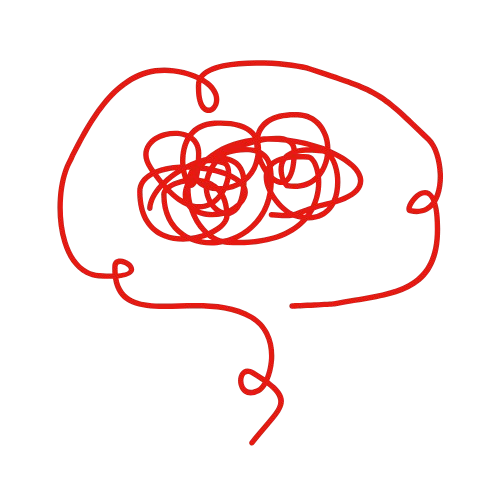- Published on
Mastering Mindful Journaling: A Step-by-Step Guide to Inner Clarity
- Authors

- Name
- Mindmire
- @Md_Khokon_Mia
Previous Article
Mastering Mindful Journaling: A Step-by-Step Guide to Inner Clarity
In our fast-paced world, finding moments of clarity can feel like a daunting task. The constant noise and distractions make it challenging to connect with our inner selves. Here's exactly how to use mindful journaling as a powerful tool to achieve inner clarity, reduce stress, and enhance personal growth.
What You'll Learn
In this guide, you'll discover a step-by-step process to start and maintain a mindful journaling practice. By the end, you'll be equipped with actionable techniques to reflect deeply, harness creativity, and cultivate a more peaceful mind. Whether you're a seasoned journaler or just starting, this guide will provide you with the tools needed to transform your thoughts into meaningful reflections.
Step 1: Set the Stage for Success
Create a Conducive Environment
- Find a Quiet Space: Choose a spot where you can write undisturbed. This could be a cozy corner at home or a quiet park bench.
- Gather Your Tools: A notebook and a pen are all you need, but you can also try digital journaling apps like Day One or Journey for convenience.
- Establish a Routine: Dedicate a specific time each day for journaling. Morning or evening tends to work best for reflection.
Step 2: Start with a Mindful Moment
Center Yourself
- Deep Breathing: Begin with a few deep breaths to center your mind. Inhale for four counts, hold for four, and exhale for four.
- Set an Intention: Decide what you want to focus on in your journaling session. It could be gratitude, problem-solving, or simply free-flow writing.
Step 3: Choose Your Journaling Technique
Techniques to Try
- Stream of Consciousness: Write continuously without filtering your thoughts. This technique helps to uncover hidden feelings and ideas.
- Gratitude Journaling: List three things you are grateful for. This practice shifts focus towards positivity and abundance.
- Prompt-Based Writing: Use prompts to guide your writing. Examples include "What am I feeling right now?" or "What are my current challenges?"
Step 4: Reflect and Review
Analyze Your Entries
- Weekly Review: Set aside time each week to read through your entries. Look for patterns, insights, and areas for growth.
- Highlight Key Takeaways: Use a highlighter or different colored pen to mark significant insights or recurring themes.
Step 5: Address Challenges
Overcoming Common Obstacles
- Writer's Block: If you're stuck, try changing your environment or using a new prompt.
- Consistency Issues: Set reminders on your phone or pair journaling with another daily habit to build consistency.
Step 6: Learn from Examples
Case Study: Emma's Journey
Emma began her journaling journey during a stressful job transition. Using gratitude journaling, she found a renewed sense of appreciation for small daily joys, which helped her maintain a positive outlook. Her weekly reviews revealed a recurring theme of resilience, which empowered her to face challenges confidently.
Step 7: Evolve Your Practice
Next Steps
- Experiment with New Techniques: As you become comfortable, explore different styles like art journaling or bullet journaling.
- Join a Community: Consider joining an online group or local workshop to share experiences and gain new insights.
By following this step-by-step guide, you'll not only master the art of mindful journaling but also uncover a deeper understanding of yourself. Embrace this journey towards inner clarity, and watch as it transforms your perspective and enhances your life. Remember, the key is consistency and openness to whatever arises on the page. Happy journaling!